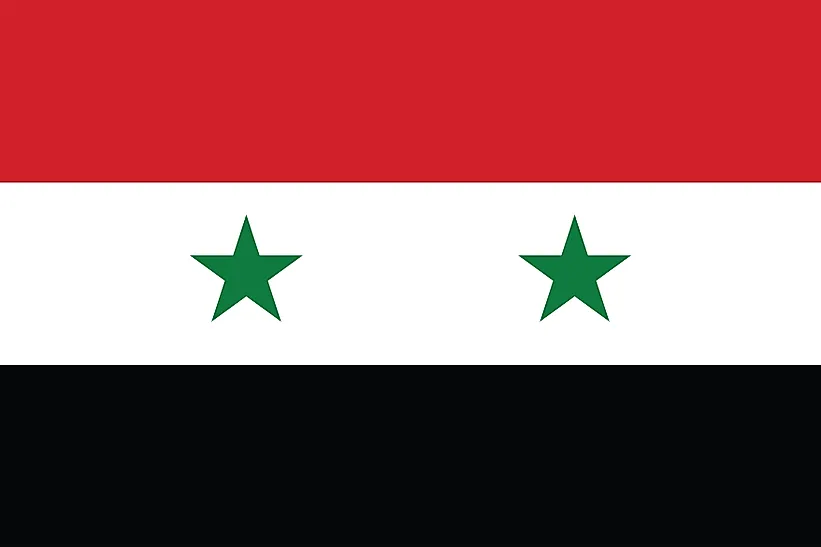
Syria
| Continent | Asia |
| Capital | Damascus |
| Population | 17,185,170 |
| GDP | $50.28 Billion |
| GDP per Capita | $2,900 |
| Dialing Code | +963 |
| ISO Code (2-letter) | SY |
| ISO Code (3-letter) | SYR |
Syria Landscapes






About Syria
Welcome to Syria, a nation of profound historical significance. With approximately 17 million people across 185,180 square kilometers, Syria combines remarkable archaeological heritage with diverse geography, standing at the crossroads of ancient civilizations.
Geographic Features and Natural Beauty
Syria’s geography encompasses diverse landscapes from Mediterranean coast to desert interior. The country features the fertile Euphrates River valley, the Anti-Lebanon Mountains, and the Syrian Desert.
The landscape includes coastal mountains, inland plains, and steppe regions. The country’s varied terrain creates diverse ecosystems supporting unique wildlife and vegetation patterns.
Protected areas include ancient forests and wetland regions, though many face preservation challenges. The country’s natural heritage includes significant water resources and fertile agricultural lands.
Cultural Heritage and Traditions
Syrian culture represents a rich tapestry of civilizations spanning millennia. The country’s heritage includes some of the world’s oldest continuously inhabited cities, distinctive architectural traditions, and diverse artistic expressions.
Traditional arts include intricate woodwork, damascene metalwork, and traditional music. Cultural practices feature traditional handicrafts, ancient marketplaces (souks), and distinctive culinary traditions.
Syrian cuisine, renowned throughout the Middle East, features dishes like kibbeh, shawarma, and various mezze. The tradition of hospitality and communal dining remains central to social life.
Historical Journey
Syria’s history spans from early civilizations through various empires to modern times. The country was home to numerous ancient civilizations including the Eblaites and Arameans.
Significant periods include ancient Mesopotamian influence, Greek and Roman rule, Islamic golden age, Ottoman period, and independence in 1946. The country’s archaeological sites demonstrate layers of civilizational development.
Modern Economic Landscape
Syria’s traditional economy focused on agriculture, oil production, and tourism. The country possesses significant agricultural potential in its fertile regions.
Historical economic strengths included textile production, agricultural exports, and cultural tourism. Syria’s strategic location historically supported its role in regional trade.
International Relations and Global Position
Syria historically maintained significant regional influence through its cultural and strategic position. The country’s location at the crossroads of three continents extends its historical significance.
Did You Know?
• Damascus is considered one of the oldest continuously inhabited cities in the world?
• The first alphabet was developed in ancient Ugarit, Syria?
• The ancient city of Palmyra was a crucial stop on the Silk Road?
• Syria is home to some of the world’s earliest Christian communities?
Conclusion
Syria represents a unique combination of historical depth and cultural richness. From its ancient cities to its diverse landscapes, from its traditional crafts to its architectural heritage, Syria holds immense historical and cultural significance. The country’s rich heritage continues to testify to its role as one of the cradles of human civilization.